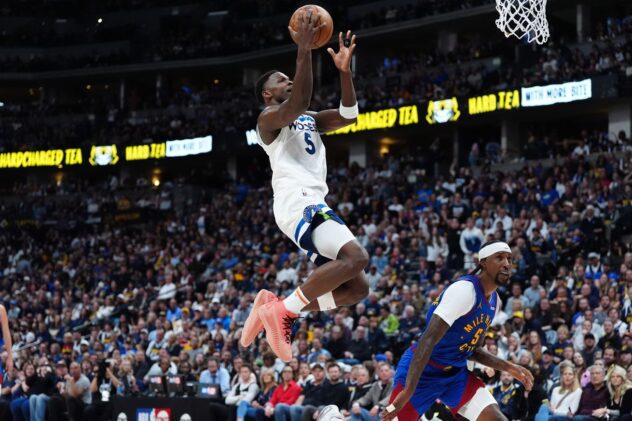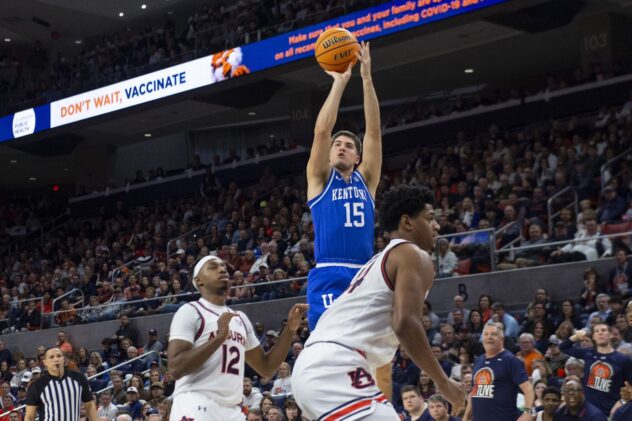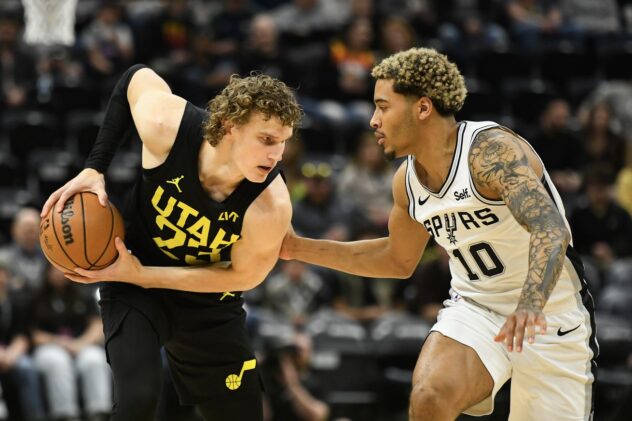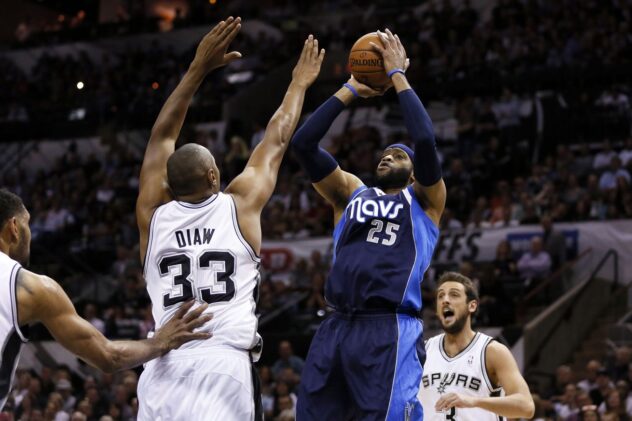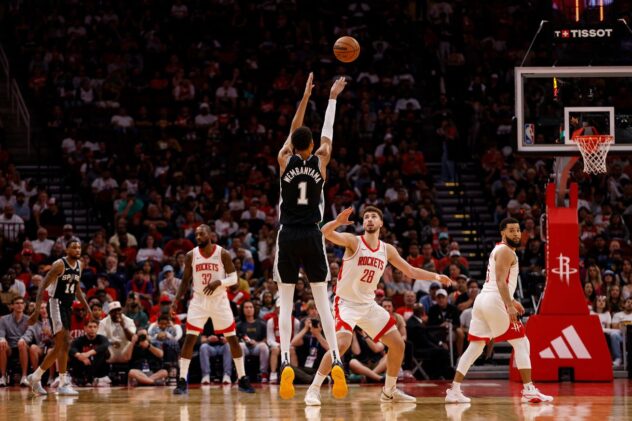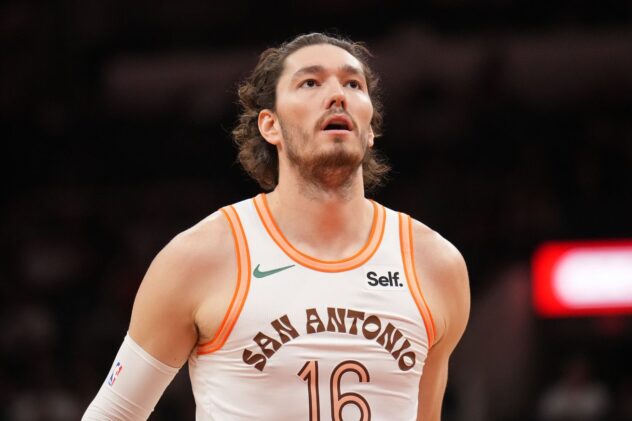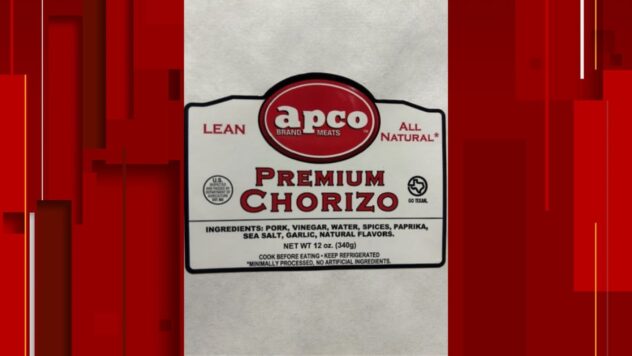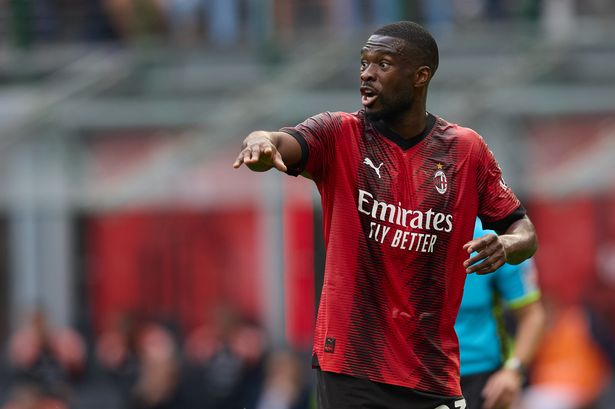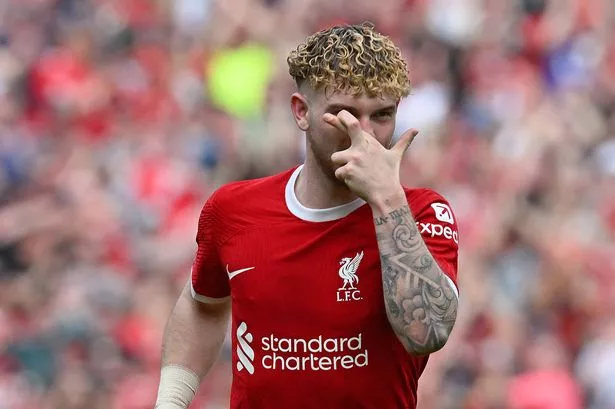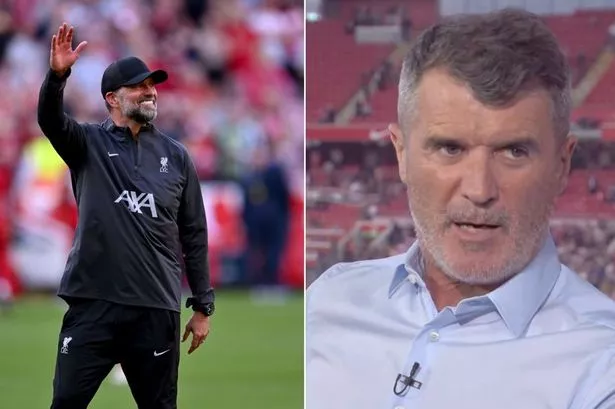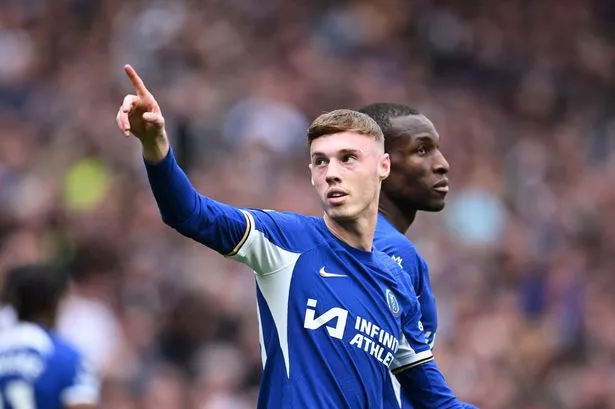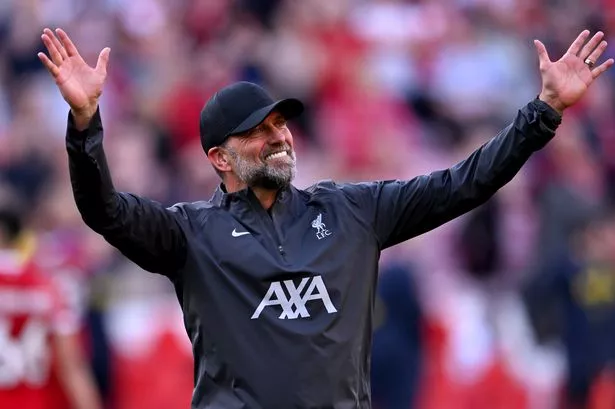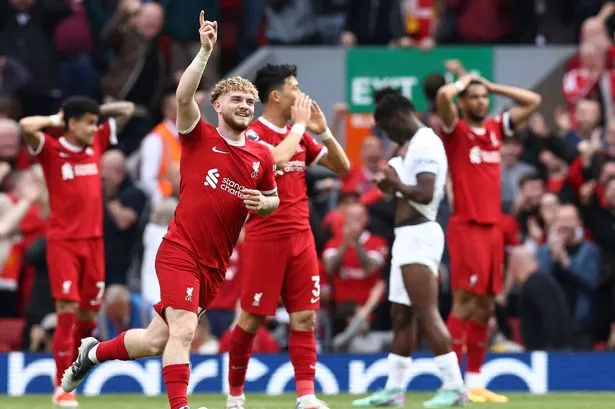The young Spurs are carving a new identity around unity, defensive intensity and chaos

The Spurs begin this season as another litmus test for how far a team can go without bona fide offensive star power. It’s a critique that underpins their low Vegas win projections and muted expectations across the board. Your favorite video game probably hasn’t shown the roster much love with its player ratings, and neither has your favorite analytics wonk, although who can choose just one of the latter these days?
Buckets aren’t made or missed on paper, though, and there’s hope that the offseason exits of DeMar DeRozan, Rudy Gay and Patty Mills can be compensated for by greater opportunity and development for the young guys. Without DeRozan in particular, there’s a chance for the team to build on the stylistic transition begun in the Orlando Bubble and players like Dejounte Murray, Derrick White, Keldon Johnson, Lonnie Walker and (catches breath) Devin Vassell to do more on ball. Just don’t expect any to either carry the type of playmaking burden DeRozan did or to suddenly become high-usage maestros in pick and roll or isolation.
Here’s Gregg Popovich when I asked about the makeup of his 2021-22 group before the season opener:
“I would say we don’t have one of those big time go-to guys that a lot of teams have, but as long as we understand we have to do this together, we’ll be OK. This is more of a together thing more than any team I’ve ever coached here because we really have to depend on each other, really be responsible to each other and understand that every possession is really important to us. Because there’s not gonna be one guy on the team we’re gonna give the ball to and go score. That’s not who we are.”
The Spurs will look to carve an offensive identity without that proverbial head of the snake—imagine maybe one of those two-headed lizards or some other abomination that’s a little more difficult to predict, and that’s what it could look like one night to the next in the half-court. No matter that this team has two (or depending on how you look at it, zero) point guards in the starting lineup, since whoever brings the ball up will almost immediately initiate a set that swings the ball side-to-side and relies on quick reads, bigs facilitating at the elbow, and pick-and-rolls that create small folds in a defense rather than blow the doors open.
The attack usually comes from the sides, either through Pistol actions or Delay actions or other tactical nuances that better basketball minds than mine can articulate, but you get the idea: the ball pings around, bodies move, and the compass of each possession is dictated by a half dozen quick reads rather than finding one specific person, almost always with a shared goal to put pressure on the rim. When the latter happens, the effects are generally seen in the number of easy points inside or quality of looks outside.
The team’s many interchangeable perimeter players are the balletic electrons that catch the eye, but it’s maybe the man in the middle who ends up being the most invaluable. Now in his fourth season as a Spur, Jakob Poeltl is evolving into a fulcrum for offensive possessions as a screener, roller, and facilitator around the top of the key and elbows. Between his improved confidence as a passer hitting cutters and his various contributions on the defensive end (and the unproven depth behind him), his health and availability are as important as anything this season.
Even with DeRozan, Gay and Mills soaking up a lot of the team’s shot attempts last season, we saw the sea change in that direction. This season is a continuation of that, with more players suited to that style. Here’s new Spur (and reliably great quote) Doug McDermott speaking about his integration to his new team’s system:
“It’s always gonna be a process. I’ve played in quite a few systems, so it always takes a little time. I’m just trying to feel it out… The system’s great because it’s a lot of random basketball, and that’s what my game’s built for.”
“Random” is probably more than just a word McDermott’s throwing out at, well, random. Some terms you hear in pressers are echoed from huddles and practices, and it’s a fun pin hole into those shuttered conversations when you can make that connection. Here’s a Pop soundbyte from last year:
“We’ve got more athleticism on the team and the style of play that suits them is a faster pace and a bit more freedom, bit more random nature to what’s going on… I think is appropriate for this group.”
As well-intended as the Spurs will be in turning good to great in the half-court, defense will ultimately be the difference in how good this team can be, not only keeping the opponent’s ball from going through the hoop (important), but also generating turnovers and allowing them to attack defenses that aren’t set. Don’t expect this team to exceed expectations by winning shootouts, but rather by improving on the league’s 17th best defensive rating (and again, one which performed far better with DeRozan off the floor).
“I think the term ‘defense to offense’ is definitely a key,” said Keldon Johnson last week. “We’re young, we need to get up and down, have fun, and play with each other.”
In their season-opening rout of an admittedly weak Magic squad, the Spurs showed what that defense-to-offense can look like, overcoming a lackluster start once Pop called for a fullcourt press that generated turnovers and easy looks for San Antonio in the open floor. From there, the versatility the team now possesses on the defensive end with this roster was in full view: switching from 1 to 4, pressure and length on the perimeter, and a comfort in shifting between different looks in the half-court, whether that’s trapping the pick and roll or falling back into a zone. Over a long regular season, the Spurs have the depth on the perimeter, system familiarity, and seemingly the shared trust to hang their hat on that end of the floor.
I don’t know how this is all going to work out, but the offensive concerns I expressed here remain. Opponents that eliminate the Spurs’ ability to get downhill can quickly turn them into a jump-shooting team, and that could spell trouble. If San Antonio is taking the ball out of its basket too much, it’ll depend that much more on execution against set defenses rather than working within the fluid, chaotic conditions in which it’ll thrive. It should make all the difference if that defensive rating ends up ranking closer to top 10 (or better) than, say, top 15.
With expectations where they are, the results that come from this Spurs season are almost secondary to the foundation, system and identity that PATFO are putting into place — that’s worth keeping in mind as the team banks its first win and heads into a far more challenging early slate of games against the likes of Denver, Milwaukee and the Lakers. But anything can happen on any given season, and it’s not uncommon for well-built young teams to hit that fast track with a few leaps and a few good breaks. If this group happens to catch the league by surprise, we’ll know why.

